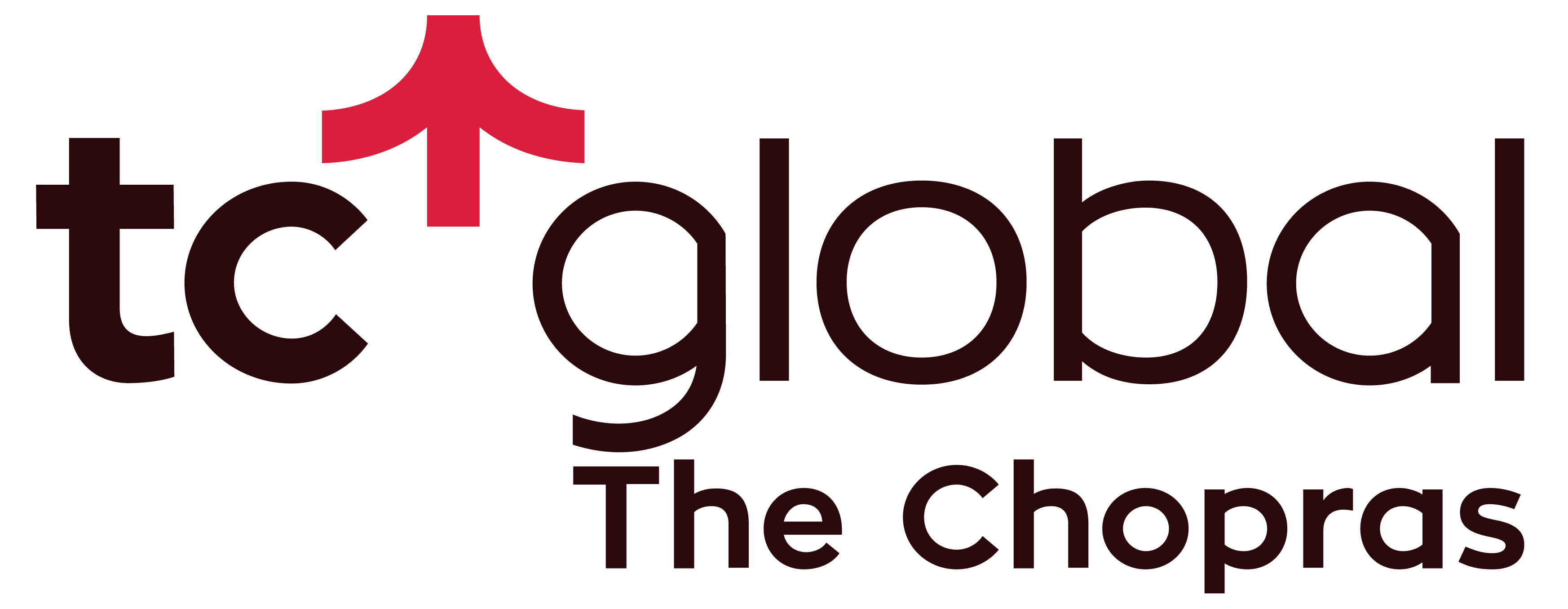In September this year The Guardian published an article titled, ‘A robot wrote this entire article. Are you scared yet, human? Written by the powerful language generator, GPT-3, it was intended to get a reaction.
And it did.
GPT-3 OpenAI is a revolution?
Many wondered how original it was, and if this really was as impressive as it was made out to be. After all, it was an articulate, well thought-out and argued essay, one that could have been written by a seasoned journalist. If you scrolled to the end of the article, however, there was a disclaimer (or caveat) of sorts. It turns out that the robot was given clear instructions and prompts on what and how to write. Also, a there were eight different outputs produced by GPT-3, and a human editor then picked the best parts from them all to make one article.
The Guardian said (in an explanation of sorts) that “editing GPT-3’s op-ed was no different to editing a human op-ed. We cut lines and paragraphs, and rearranged the order of them in some places. Overall, it took less time to edit than many human op-eds.”
Even so. This was impressive and leads one to wonder what our futuristic world will look like (we’ve wondered before too – think Huxley and Asimov).
However, what is clear is this – of all the technological advancements we have made and are making, Artificial Intelligence (AI) is one of the biggest game-changers, and OpenAI’s GPT-3 is probably one of the largest leaps in Artificial Intelligence. OpenAI is a San Francisco-based Artificial Intelligence Research company, co-founded by Elon Musk.








